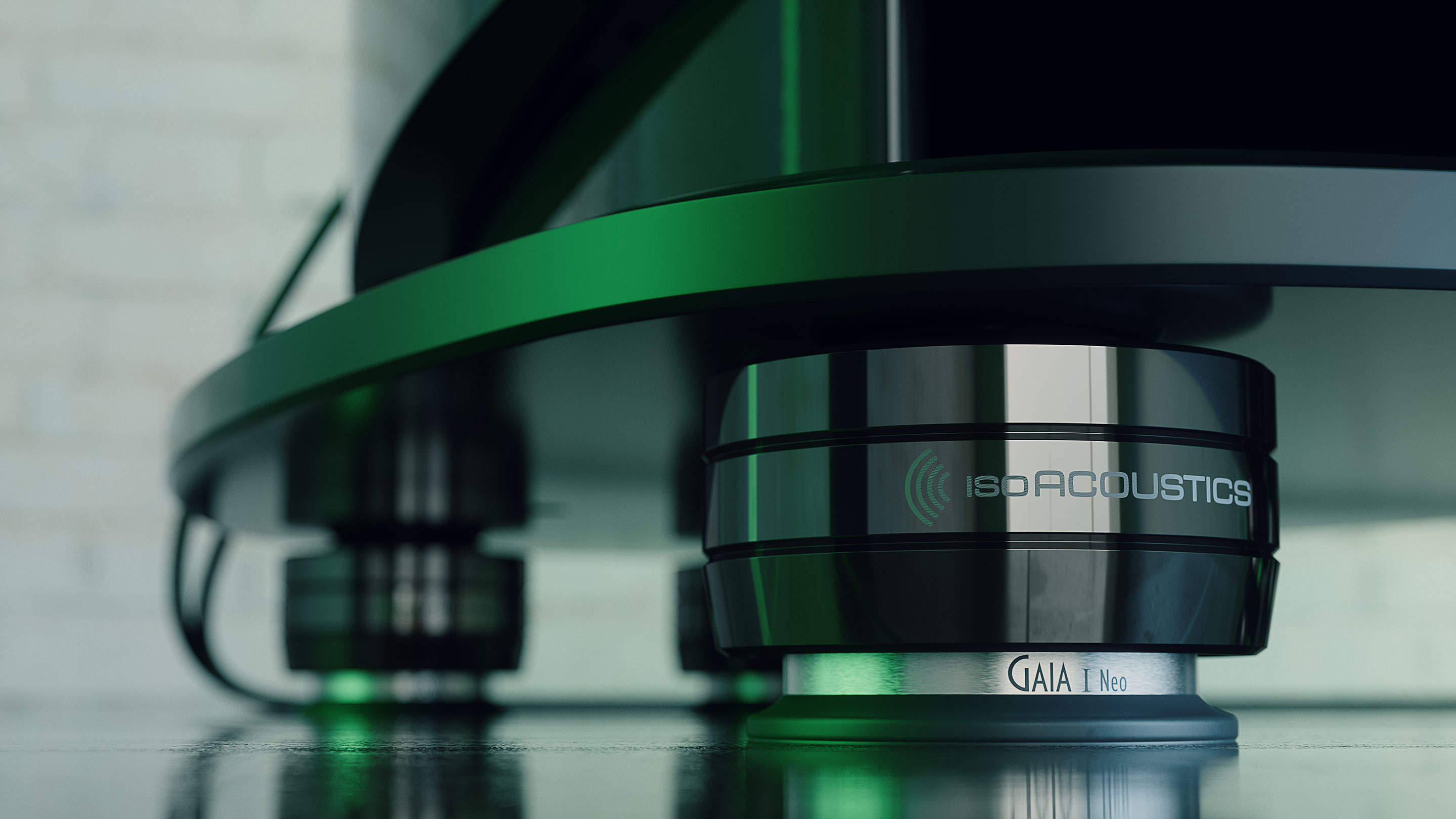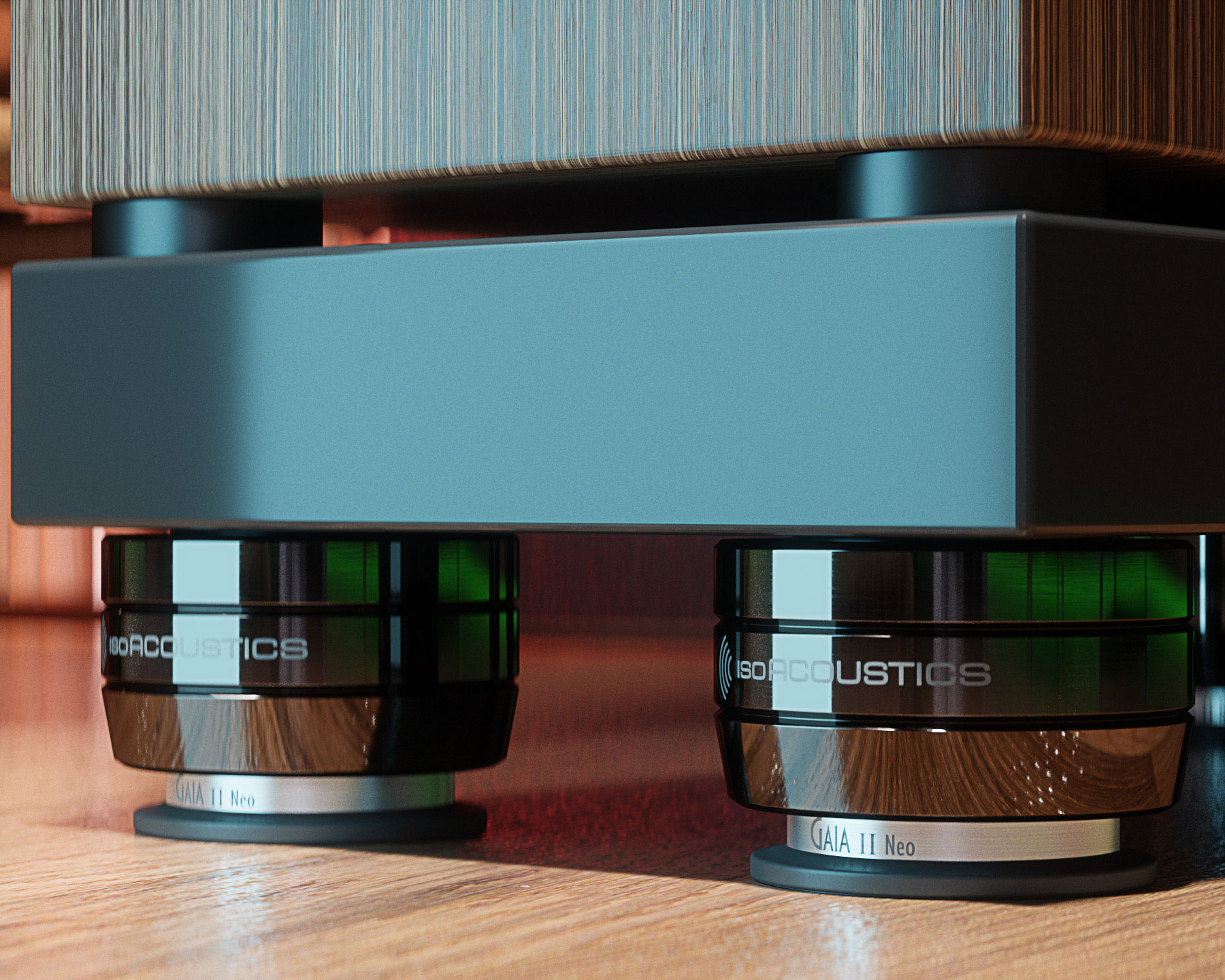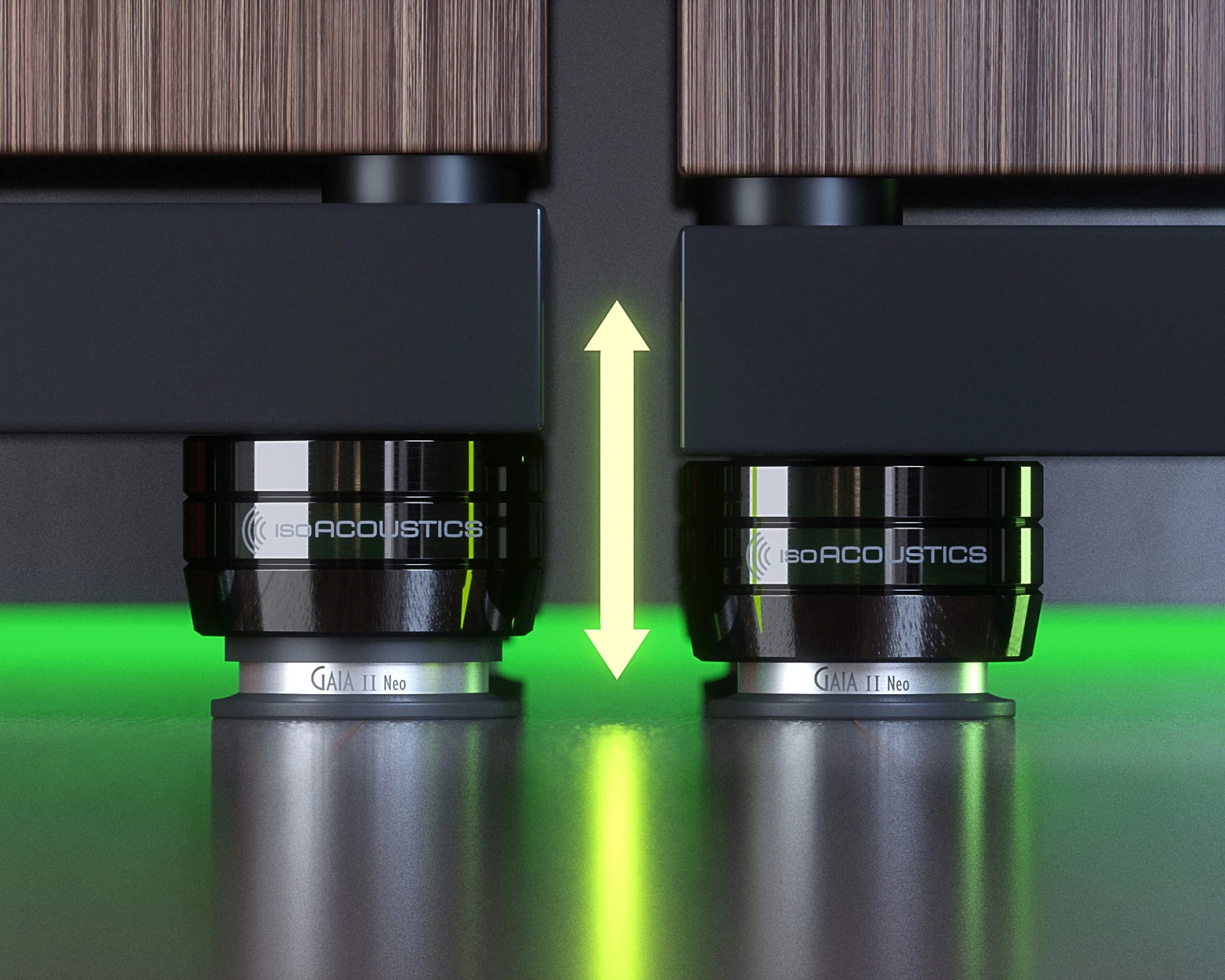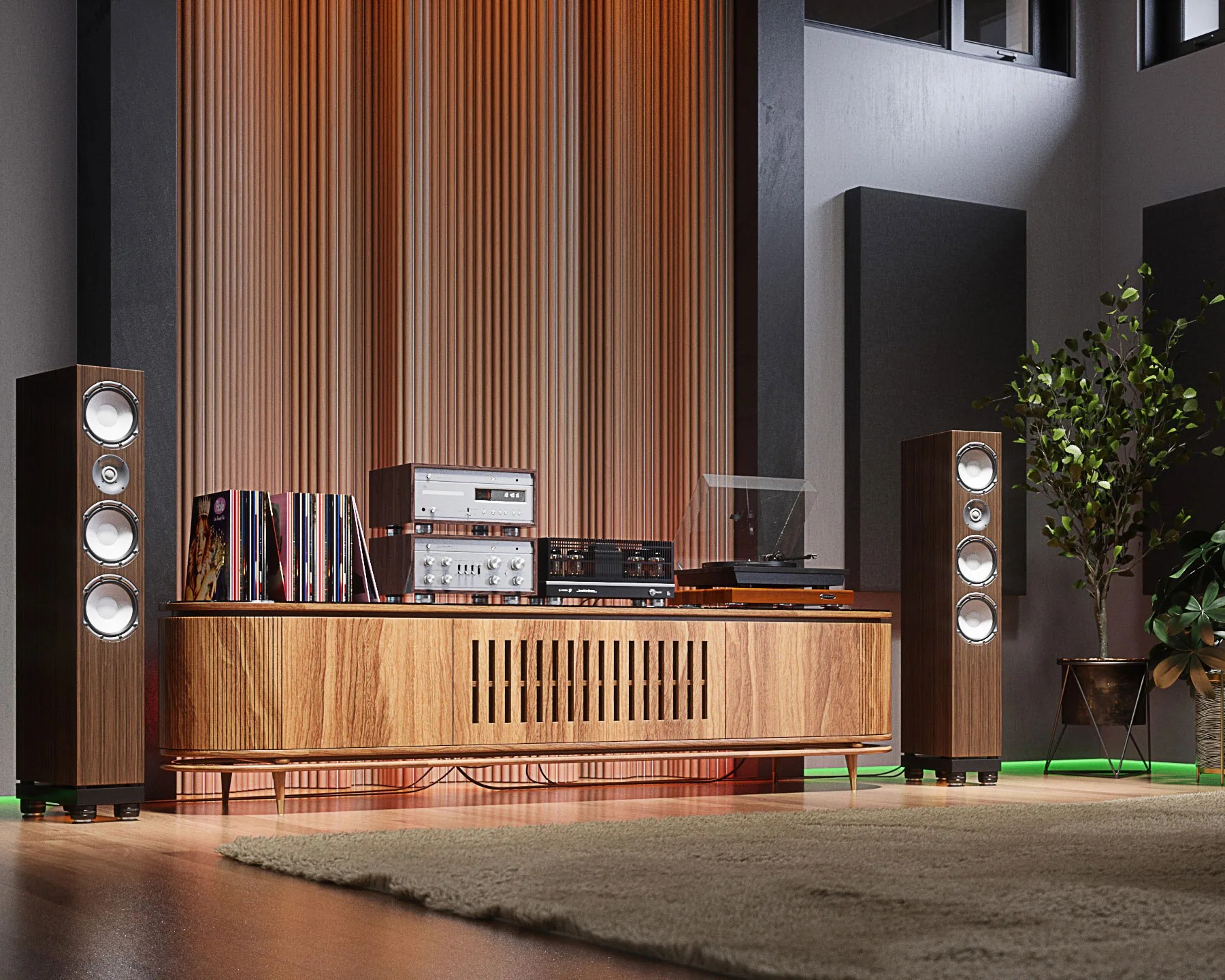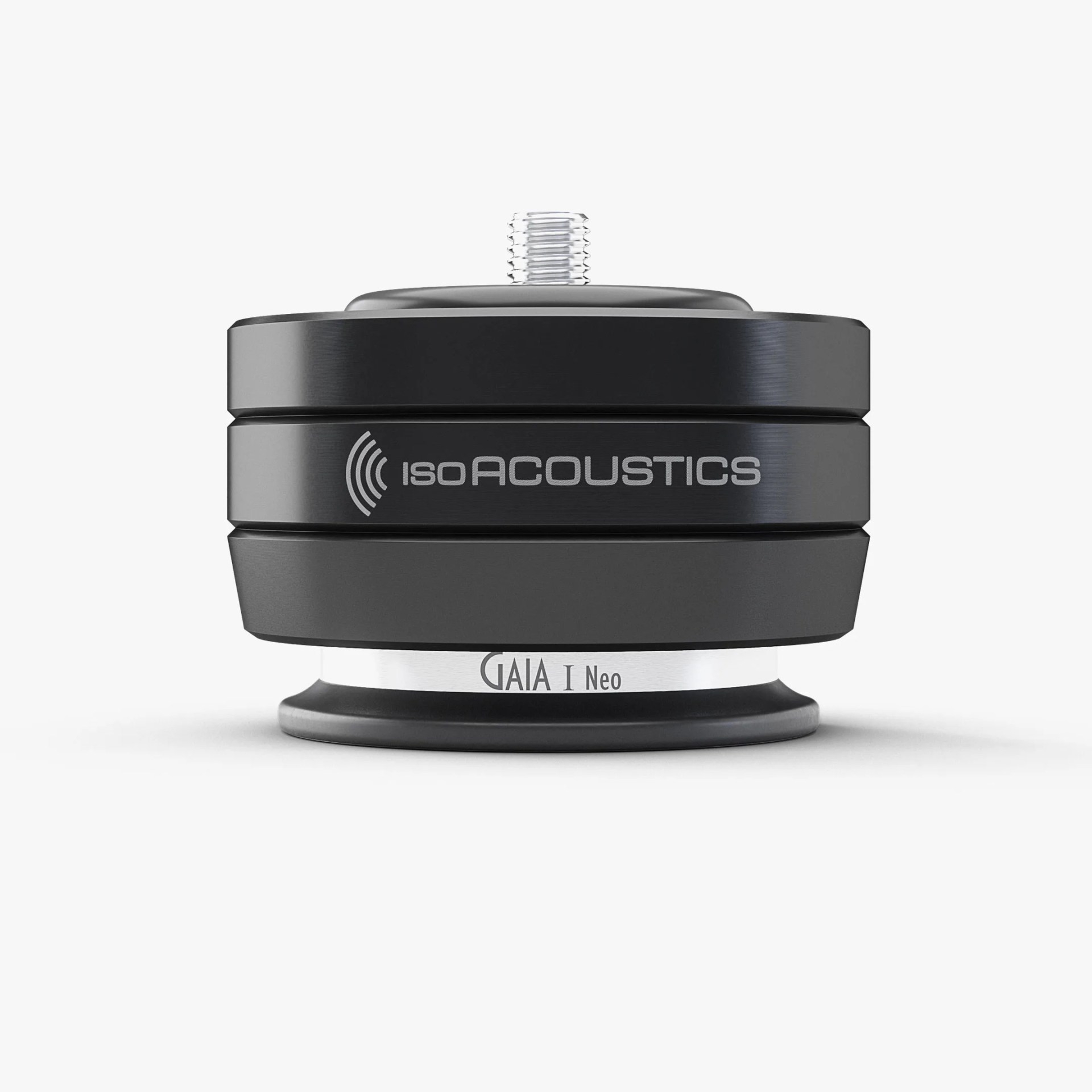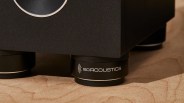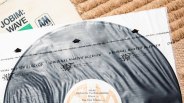One of the easiest ways to upgrade your home audio system is to get isolation feet. These simple accessories slide underneath your loudspeakers, turntable or other audio components and absorb vibrations that would normally degrade the system’s overall sound quality.
Remember: vibrations are the enemy of hi-fi.
IsoAcoustics is arguably the biggest name in isolation feet — I’ve been using their Iso-Pucks under my bookshelf speakers for years. For more serious audiophiles, the company has its Gaia series, which are isolation feet that are designed for higher-end floorstanding loudspeakers.
After nearly a decade, the brand has finally announced new, upgraded models.
IsoAcoustics Gaia Neo
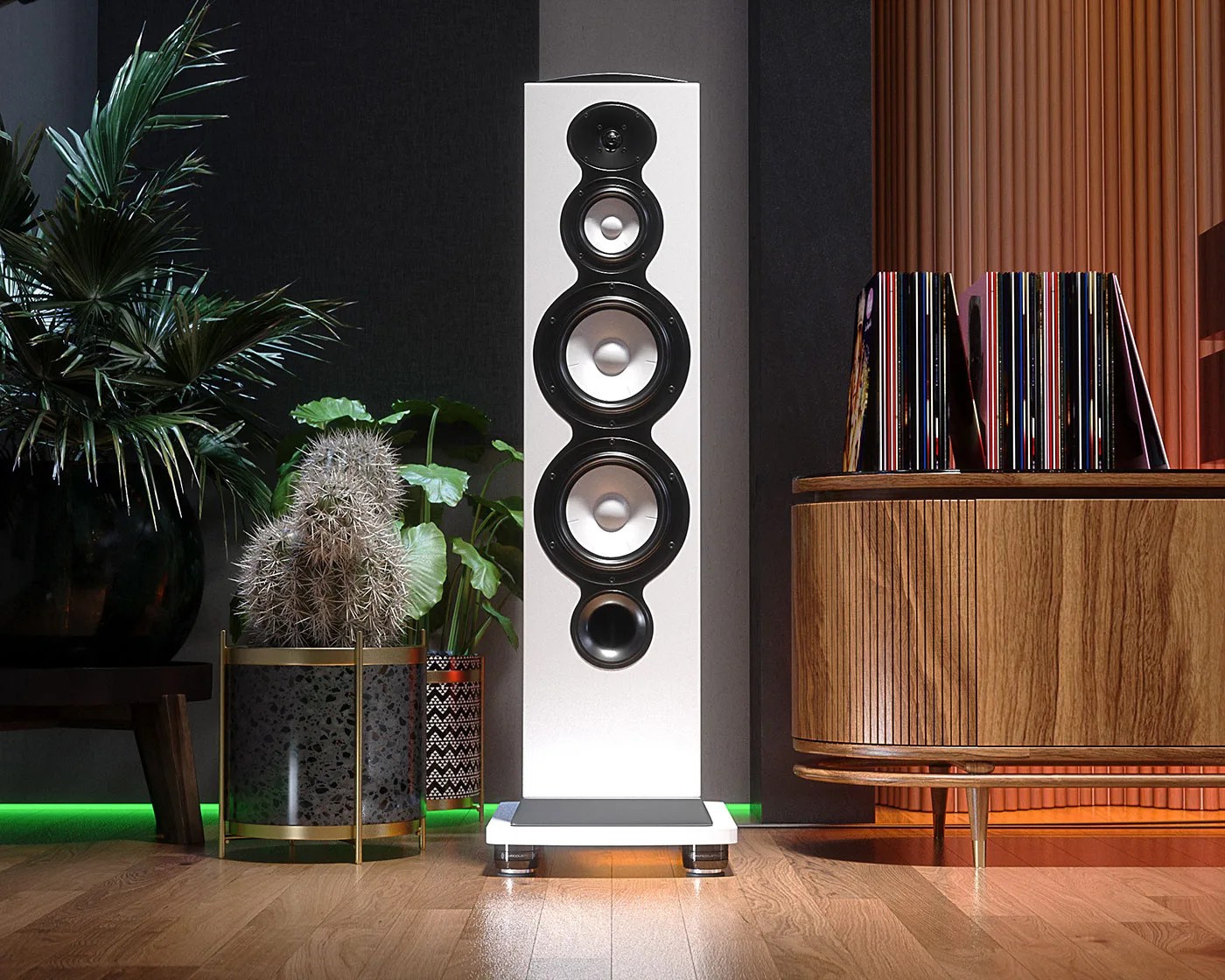
Next-gen feet
IsoAcoustics first introduced the Gaia series, its high-end range of isolation feet, in 2016. These threaded isolation feet screw into the bottom of your loudspeakers and replace their existing feet.
This makes them designed for higher-end loudspeakers as they can’t simply be slipped under your speakers or audio components (like the company’s more affordable line of Iso-Pucks).
